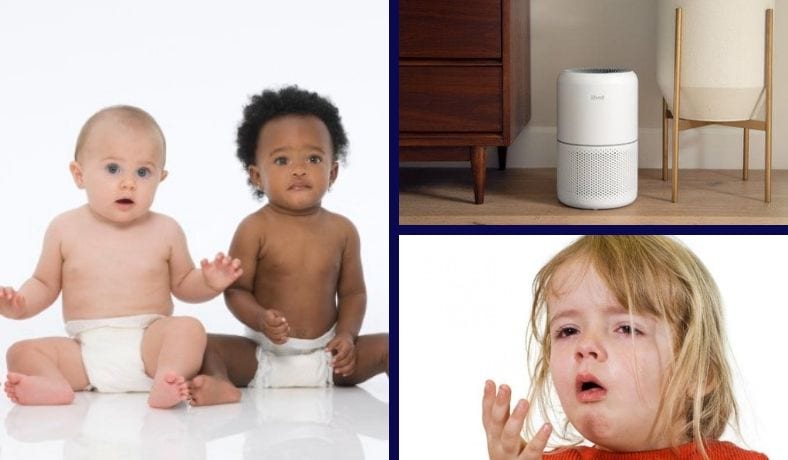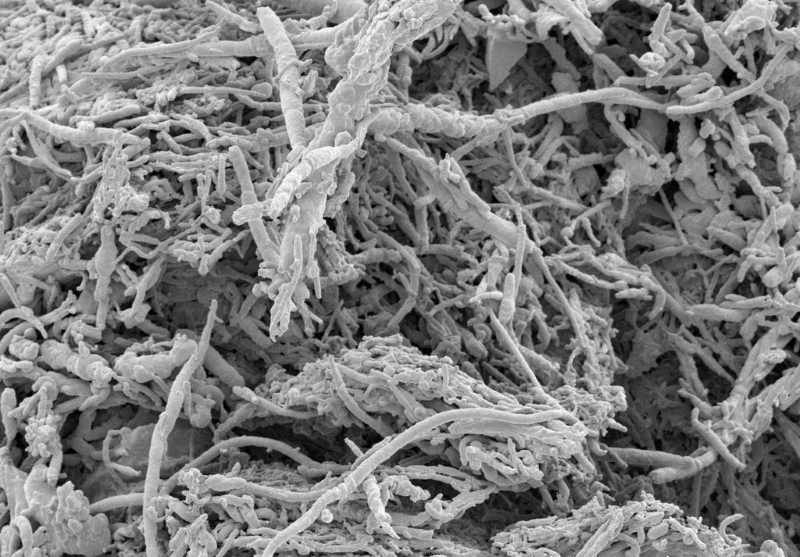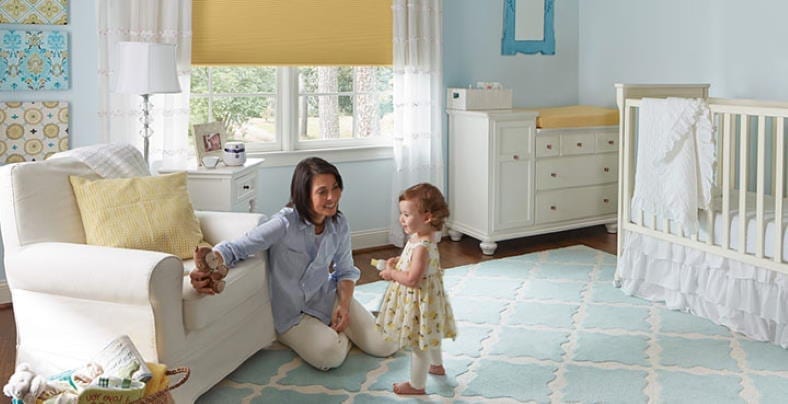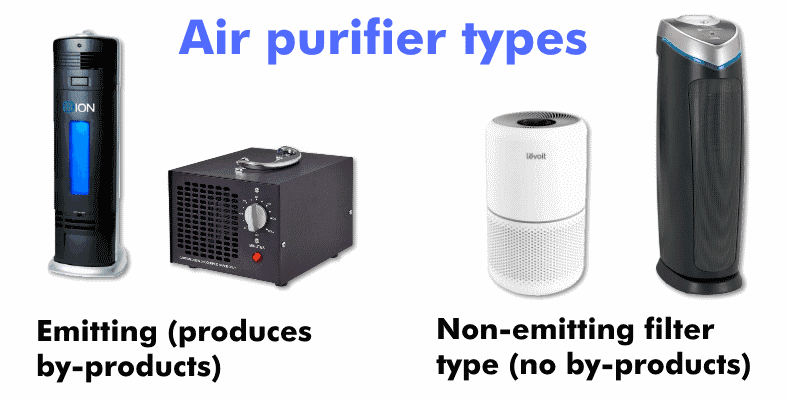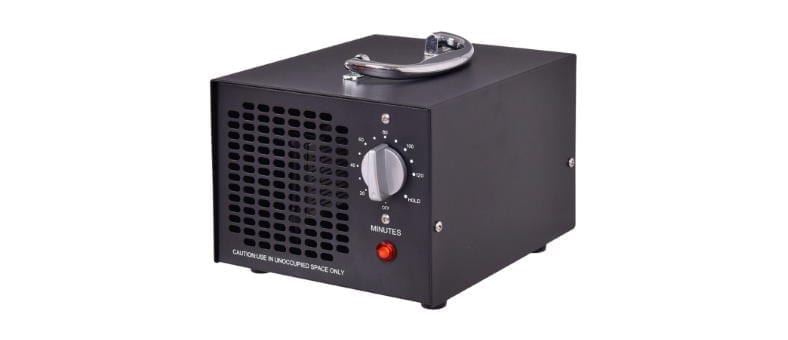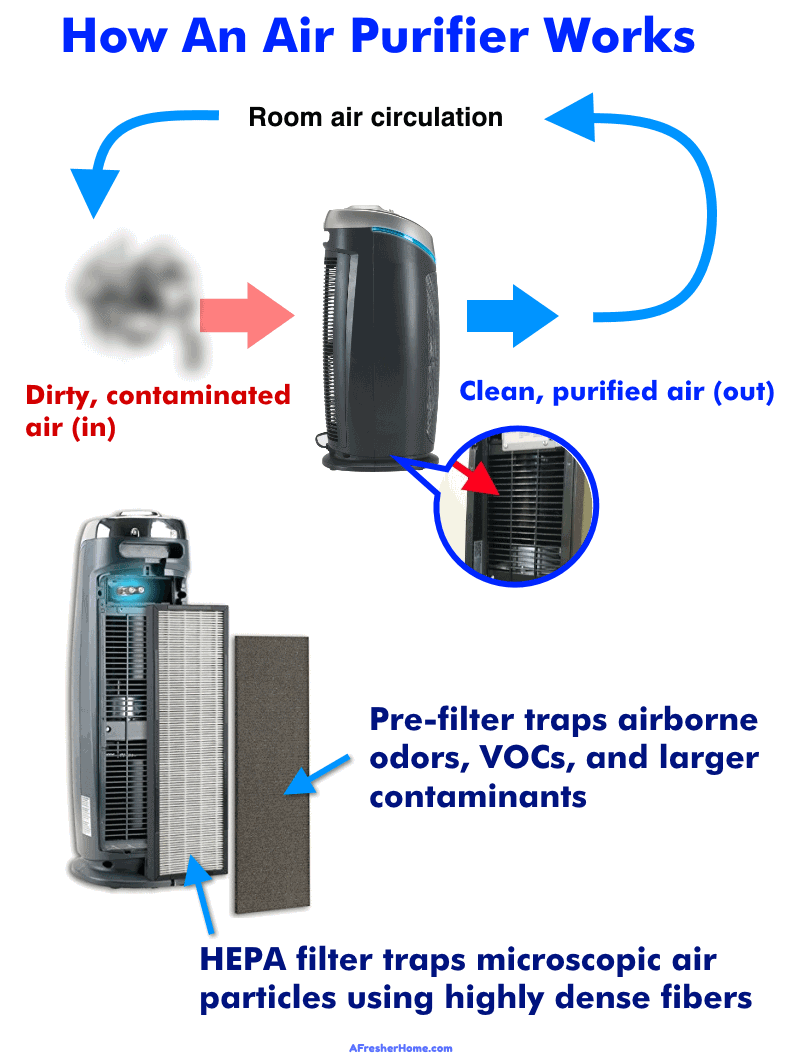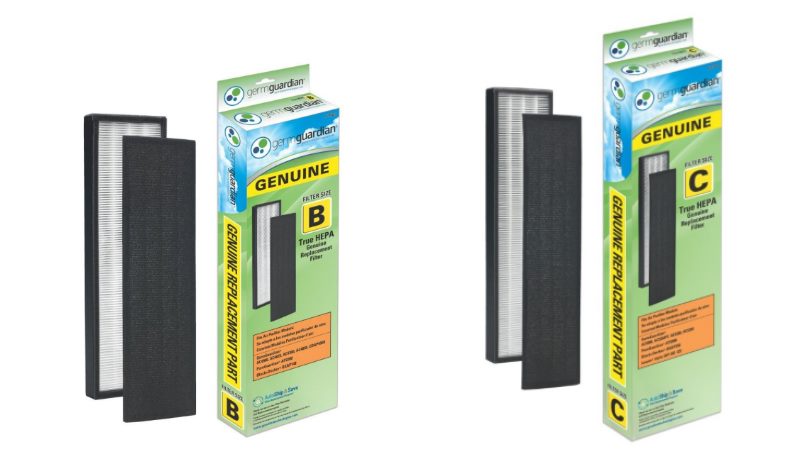Babies are more vulnerable to sickness and many other things we as adults can handle better. Since their lungs and immunity hasn’t fully developed yet, it’s easier for them to get sick and suffer a lot.
When you think of ways to keep your home’s air fresh and healthy, air purifiers are one of the first things that come to mind.
But are air purifiers good for babies? Which ones should you avoid? I’ll share with you everything you need to know, plus much more.
Contents
Answering the question: Are air purifiers good for babies?
I’ll answer the basic question first, then I’ll show you why as we go.
Air purifiers are good for babies – if it’s the right type of air purifier.
Air purifiers help babies in the following ways:
- Remove sickness-causing particles, microbes, and allergens that are harmful to them and can cause sickness
- Allows babies to breathe better and sleep more easily as the air remains fresh and pure
- Fans and spray air fresheners cannot address the real source of the problem (They don’t actually clean the air)
- Children who are born or develop health problems are especially sensitive to air impurities and need clean air
- Prevents problems in homes with pets due to hair, pet dander, and dust mites that feed on the dander
- Reducing bad odors both from diaper containers and other areas of the home
Basically, the right kind of air purifier is good for babies, by helping to prevent sickness and cleaning the air they breathe safely.
Not all purifiers (like ionizers and ozone generators) are good for babies or are simply aren’t very effective, as I’ll explain later.
What causes air problems for babies?
You might not realize it, but the air around us can be loaded with a lot of pollutants, dust, allergens, organic matter (like pet dander), chemical vapors, dust mite particles, and even mold spores.
Bacteria can travel through the air as well!
The problem is that we can’t see these incredibly small & harmful particles that surround us. At some point, after enough exposure, we can become sick or cough and sneeze as our nose, throat, and lungs become irritated. That’s especially true for babies as they’re really vulnerable.
It’s a big problem when a child is kept in a room with unclean air for long periods of time. That means a baby is exposed to much more potentially harmful particulate matter.
An example of what’s in the air
A microscopic image showing common household dust your child is breathing in.
The nasty particles and germs in the air that your child can inhale are incredibly small: some to less than 1 micrometer (a micrometer is 1 millionth of a meter) in size!
Because they’re so incredibly small, they’re easily inhaled deep within your baby’s lungs where they can accumulate and begin causing illness, coughing, or other respiratory problems.
Pets, cigarette smoke odors and residue, airborne remnants from construction, carpet, dust mites, and so much more stay in your home and your child’s air unless they’re removed.
Even if you don’t allow smoking inside your home, smokers can still bring in residual particles from smoke on their clothing & hair and near your baby. That increases the risk of respiratory problems and a lot of coughing and other reactions.
What doesn’t work – and why you need a purifier
It isn’t enough to just open a window to get cleaner air in your home. Air quality problems are caused by particles & germs that stay there unless they’re permanently removed. Opening a window simply lets in the fresh air – it doesn’t clean the air indoors or remove existing particulates.
Simply using an electric fan, opening the window, or using air fresheners don’t work because while it may seem like the air is fresher, the unwanted toxins and elements in your home are still there.
A fan can actually worsen your baby’s breathing as they can disturb pollutants and materials that have settled on surfaces. An example is dust which, when bothered by gusts of air, moves into the room’s air again where it can bother your child.
An air purifier is the right solution
The difference between an air purifier and other “solutions” is that they actually remove the nasty particles from the air your child breathes. That’s the only truly effective way to clean the air effectively: Removing the source of the problem.
The problem is, there are several kinds sold on the market and some can actually be bad for your child! I’ll explain here the different types and which ones to avoid.
An example of dust removed from my home by my purifier, trapped in the pre-filter (shown as gray dust). HEPA purifiers are a safe, effective way to remove what’s in the air around your child and offer healthy, fresh air.
The 2 types of air purifiers
Products sold and labeled as “air purifiers” are categorized as 2 types:
- Emitting purifiers
- Non-emitting purifiers (filter-based)
What does this mean? It’s really simple, actually.
- “Emitting” purifiers are those products like ozone generators that produce – or emit – a by-product into the air like ozone or ions.
- Non-emitting (filter-based) purifiers are those that use filters to remove particles & gases from the air. They don’t add anything into the air around you.
Ozone generators and ionizers, often marketed as “air cleaners” or “air purifiers” are electrical devices that use high voltage to separate air molecules and create ozone molecules.
The misleading marketing idea used to sell to buyers is that as they produce ozone and create fresh air in the room as they work.
Usually, ozone generators are sold with the idea that ozone molecules can attract and attach to other substances (like dust, microbes, allergens, and so on) to cleanse the air in a room, automobile, or wherever they’re used.
Emitting-type purifiers can actually trigger problems and can be bad for your baby.
Emitting purifiers
The Environmental Protection Agency (EPA) is very clear about these types of purifiers. They define ozone as a lung irritant.
The EPA also notes that ionizers are ineffective in removing large particles like pollen and house dust. In this category of product you’ll find two types:
- Ionizers
- Ozone generators
Ionizers
Examples of ionizers available for home use sold as air purifiers.
Ionizers and ozone generators are very similar in how they work but generally speaking ionizers produce charged atoms in the air to attract airborne particles to a metal plate or similar object like a filter.
They typically don’t introduce a high level of emissions into the air, so they’re generally safe and aren’t likely to produce headaches. If you’re especially sensitive, however, it’s possible.
Additionally, they can reduce sickness by dramatically reducing the number of airborne sickness-causing microbes!
As a rule, an ionizer is helpful for improving the germ levels in a room, but as far as air cleanliness goes, they’re not very effective for the most common household air quality problems.
You can, however, buy a filter-based purifier with an ionizer feature in some cases.
Ozone generators
Shown: An ozone generator that produces large amounts of O3 molecules (ozone) by splitting oxygen molecules (O2) from the surrounding air. Some of these recombine to form ozone with a charge whereby they can attach to particles in a room’s air. The side effects humans feel depends on the ozone levels they’re exposed to.
The truth is, ozone generators don’t purify the air without health risks – or as effectively – as filter-based products do.
While it’s true that they can trap some elements in the air like dust, pet dander, and similar particulates, they’re not at all efficient at doing so. The reason is that when ozone (O3) molecules are produced, they have a short life span before recombining back into oxygen molecules at some point.
How they create problems for your baby
An ozone generator, generally speaking, produces a lot of ozone in a room. The idea is that by doing so allergens and other contaminants will bond with the ozone, causing it to fall to the ground or be trapped in a filter if provided.
The main problem with this is that it takes a significant amount of ozone to make a worthwhile difference.
So much so that these are not recommended to be used in rooms that are occupied by people. That’s because there’s a health risk involved due to the high levels of ozone.
When inhaled by your child they can suffer from lung irritation, coughing, and other symptoms.
Non-emitting (filter) purifiers
A filter-based air purifier works not by emitting by-products into the air like an ionizer or ozone generator, but only by safely removing unwanted substances from the air. Almost all use a highly dense HEPA filter (shown in white) and an activated carbon filter/pre-filter (black). When used together, these remove headache-causing elements like allergens, odors, chemical substances, perfume smell, organic substances, outgassing molecules, and more.
A non-emitting air purifier works not by producing by-products that enter the air, but by simply but processing air in the room. They permanently trap and remove particulates and many other types of airborne pollution.
Filter type purifiers work by using a fan to draw in air which passes through the filters which trap air contaminants before releasing clean air back into the room.
These work by continually cycling and cleaning a room’s air as they work. You can let them run 24 hours a day if you like, in fact.
HEPA filters and prefilters explained

The result is safe, fresh air without anything produced as a side effect – therefore there’s nothing to breathe in and potentially cause headaches.
The HEPA filter standard
HEPA is a United States government standardized level of filter quality and assures that the 0.3 uM (micrometer) particle size and is met and that 99.97% of the contaminants in the air moving through the filter never escape.
In other words, the HEPA standard means that a filter has to meet the requirements of how small the elements it can capture are and how efficient it is at removing particulates.
An additional 1st & 2nd stage filter section first removes larger particles and matter in the air (like dog or cat hair, for example) and uses an activated carbon filter that traps chemical substances. This allows it to permanently remove many odors, volatile organic chemicals (VOCs), and vapors that can affect you.
Which is best for your baby?
You’ll want to get a good true HEPA purifier and stay away from ionizers & ozone generators. HEPA models are both safe and effective, which can’t be said for other types.
Purifier use, expected costs, and maintenance
You’ll need to periodically replace the purifier’s filters. The odor-absorbing prefilter has a life expectancy of around 6-8 months while the HEPA filter can last longer. It depends on the air quality conditions in your home.
A HEPA air purifier is extremely easy to use and only requires maintenance for filter check and replacement after several months. For your convenience, many have a filter reminder feature in order to remind you to check and replace the filters if they’re heavily used.
Note: A purifier needs space for airflow around it to work well and effectively clean the air in your home.
You’ll need to place them in a room with adequate space between them and walls or furniture. Many models recommend 15″ to 24″ space around them, for example.
Costs include the original purchase price (for a good one for a baby’s room, expect to spend less than $100) and the cost of replacement filters. Most air purifiers for small to medium size rooms use replacement filters that cost around $30 or so and have an average replacement time of about 6-8 months, depending upon use and air conditions.
Note that if you aren’t removing a high level of pollutants in your baby’s room often the filter replacement reminder can simply be reset. If the filter isn’t heavily used you can wait more time before purchasing a replacement.
